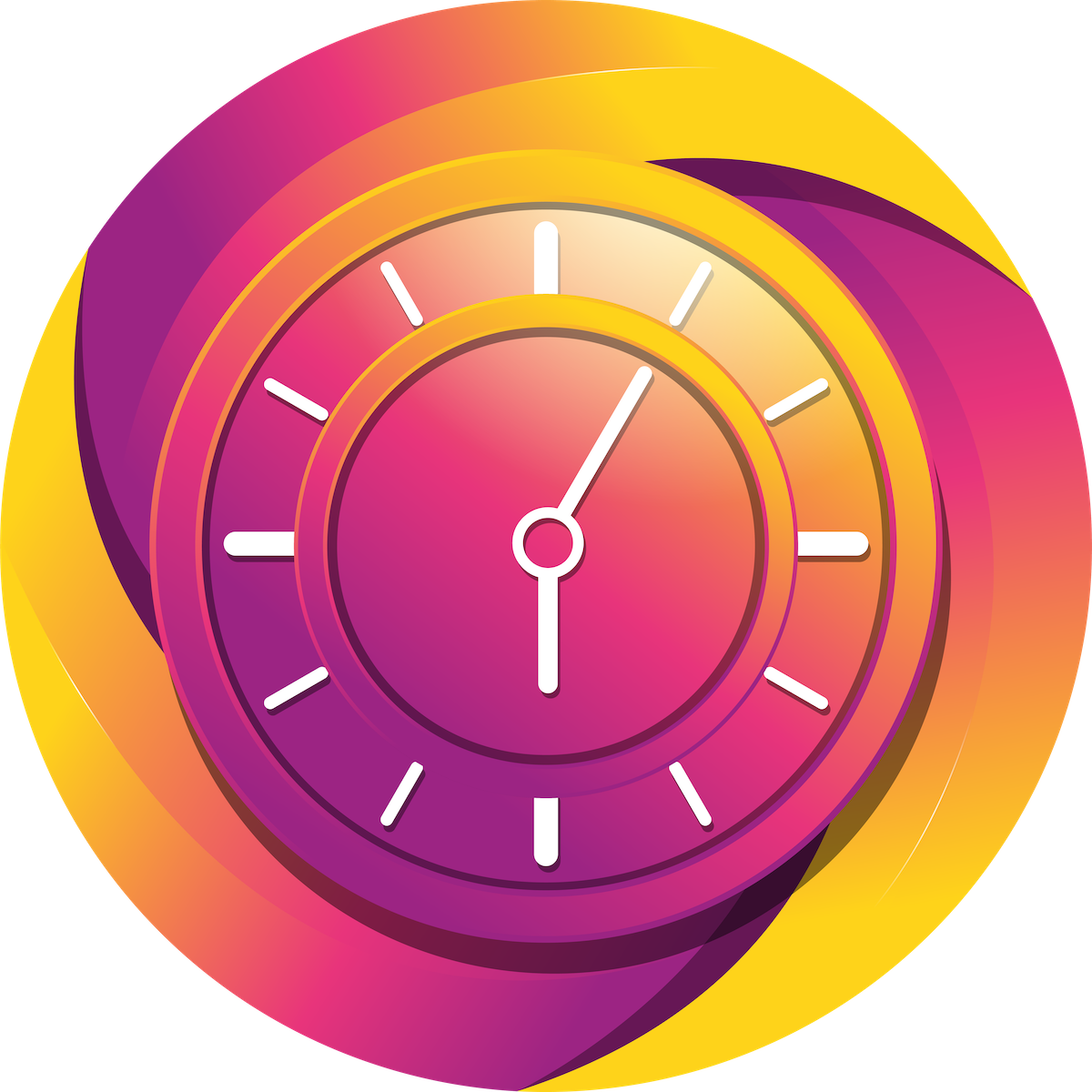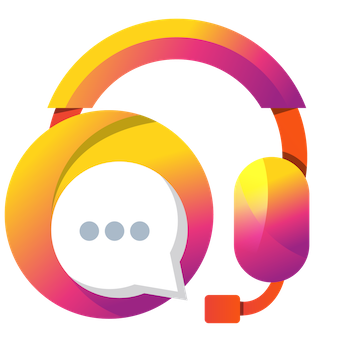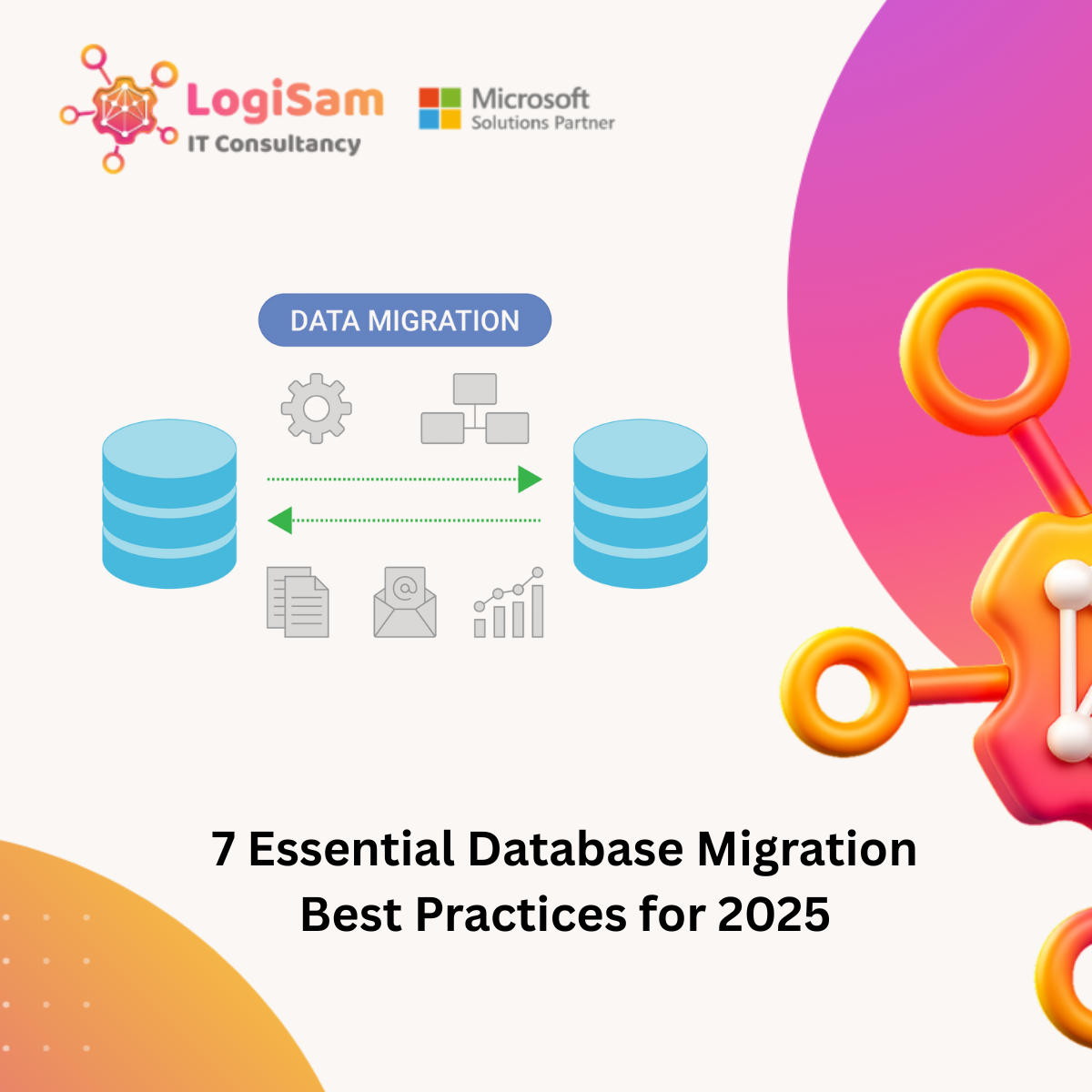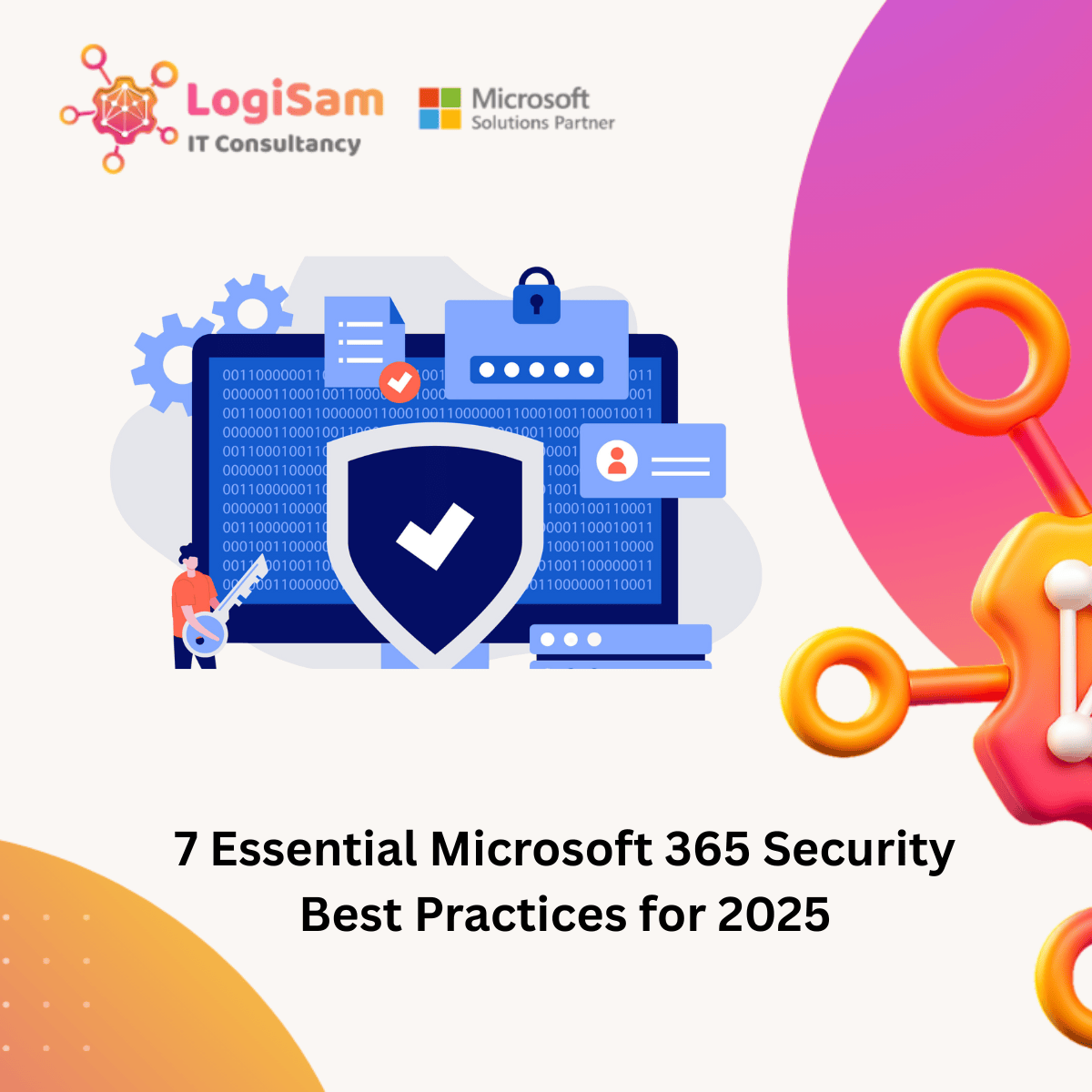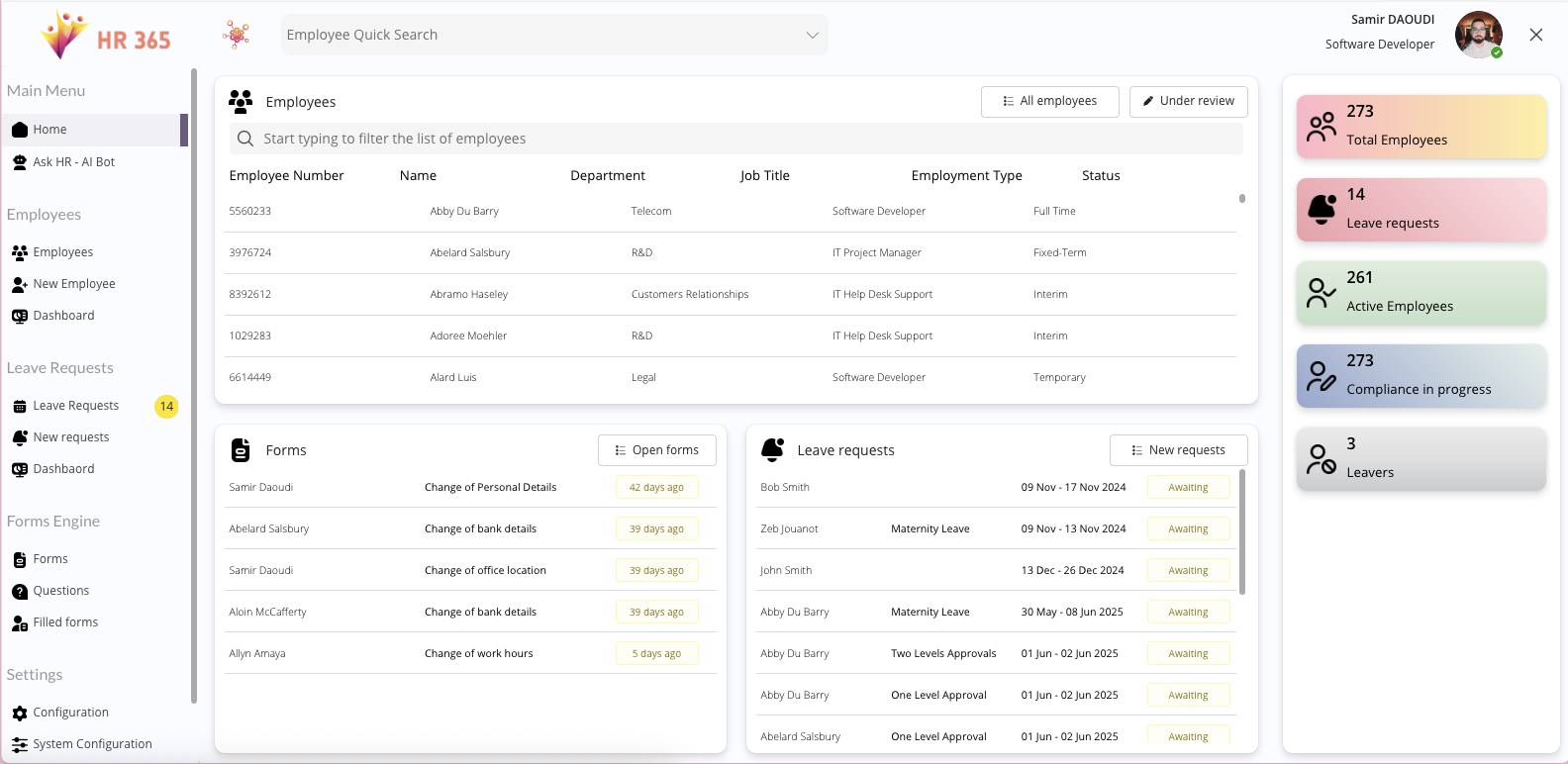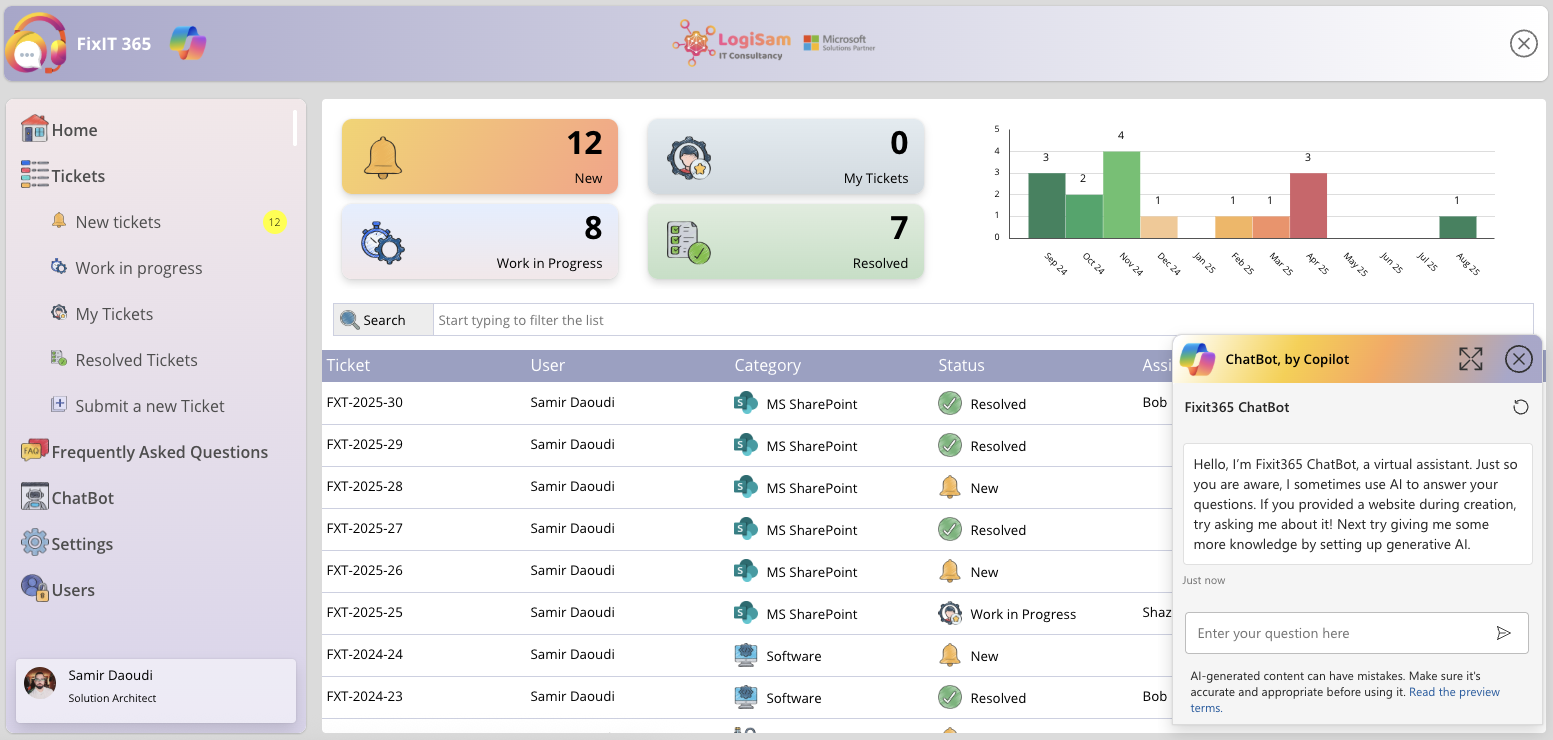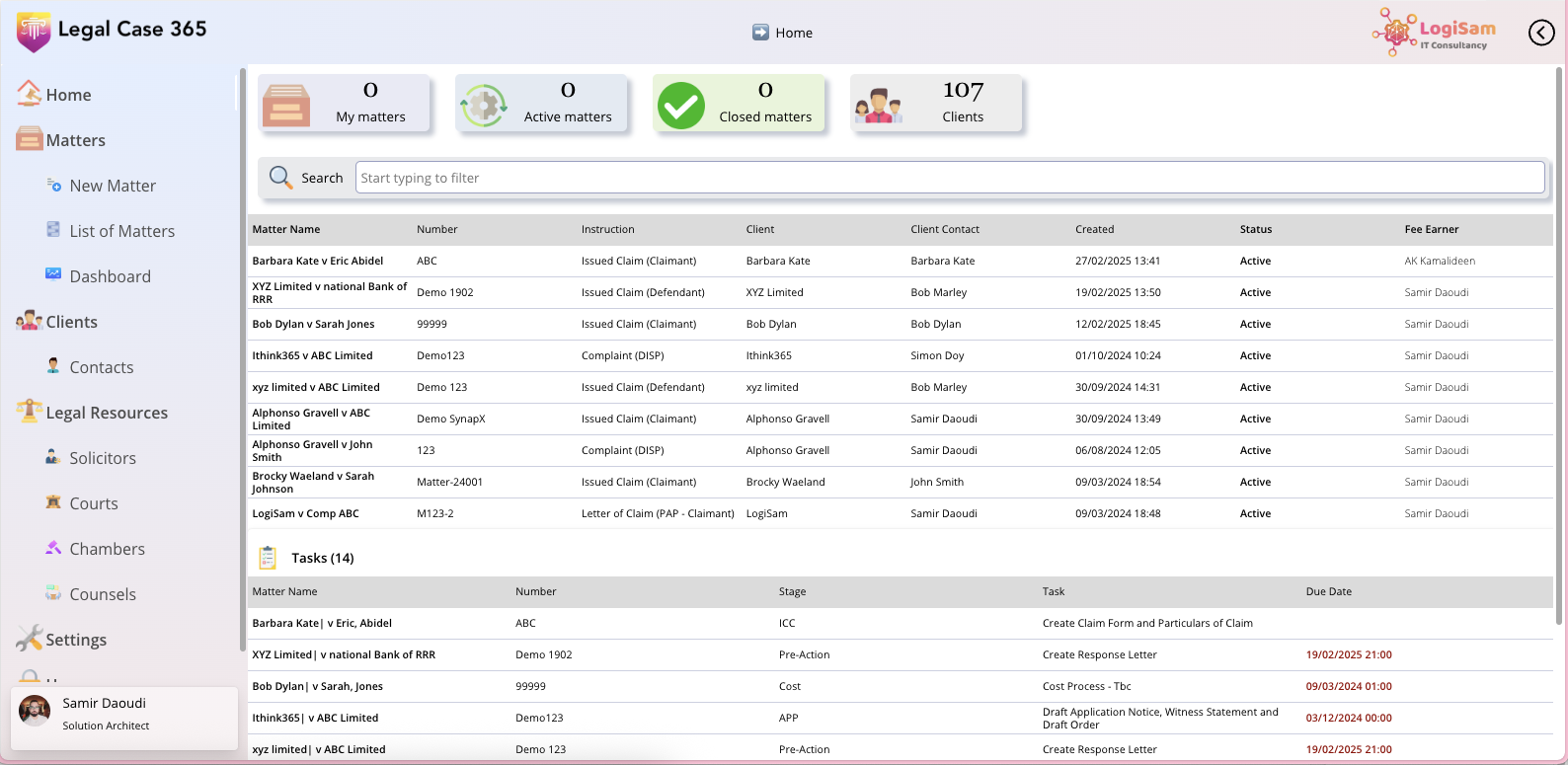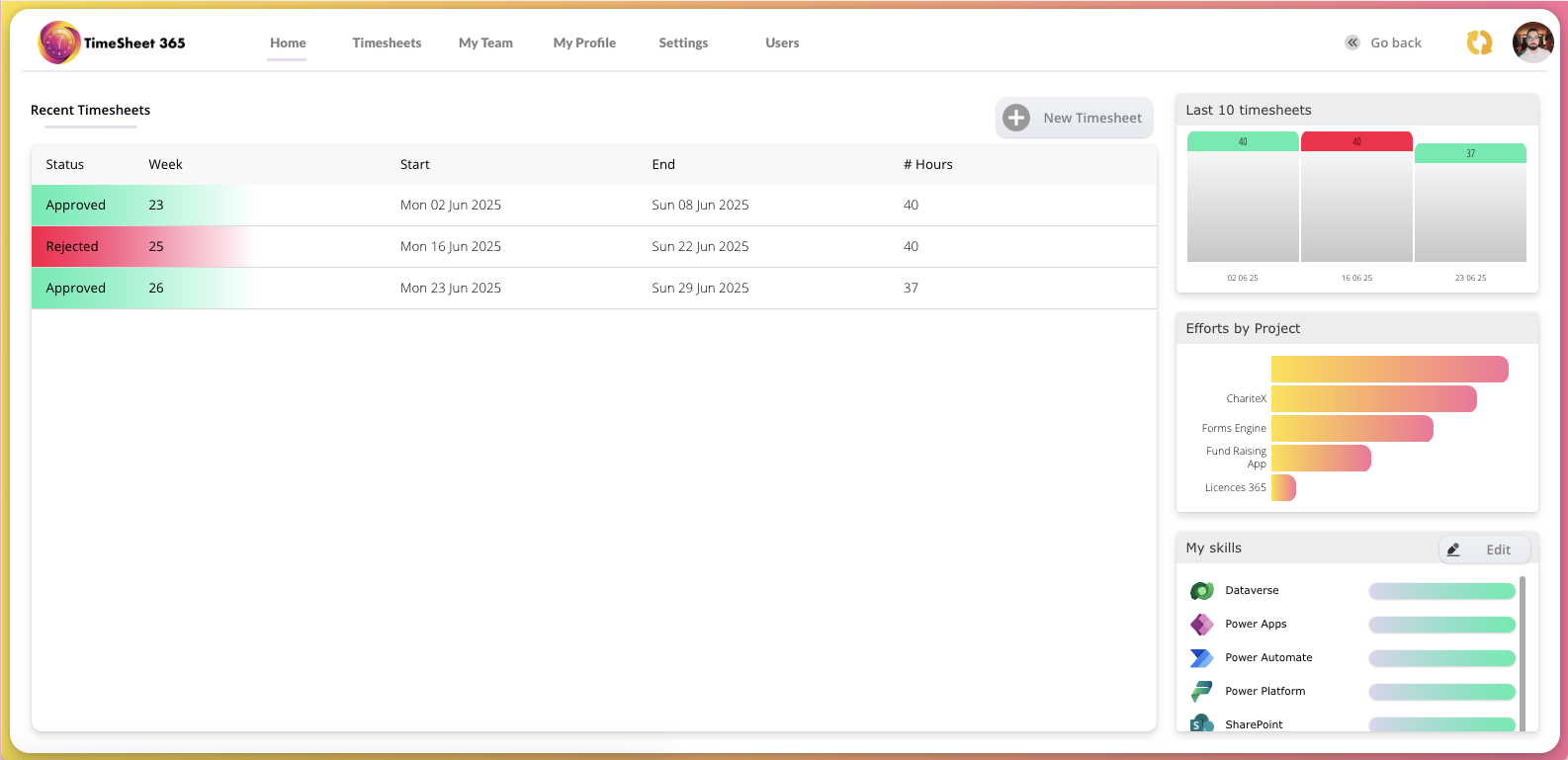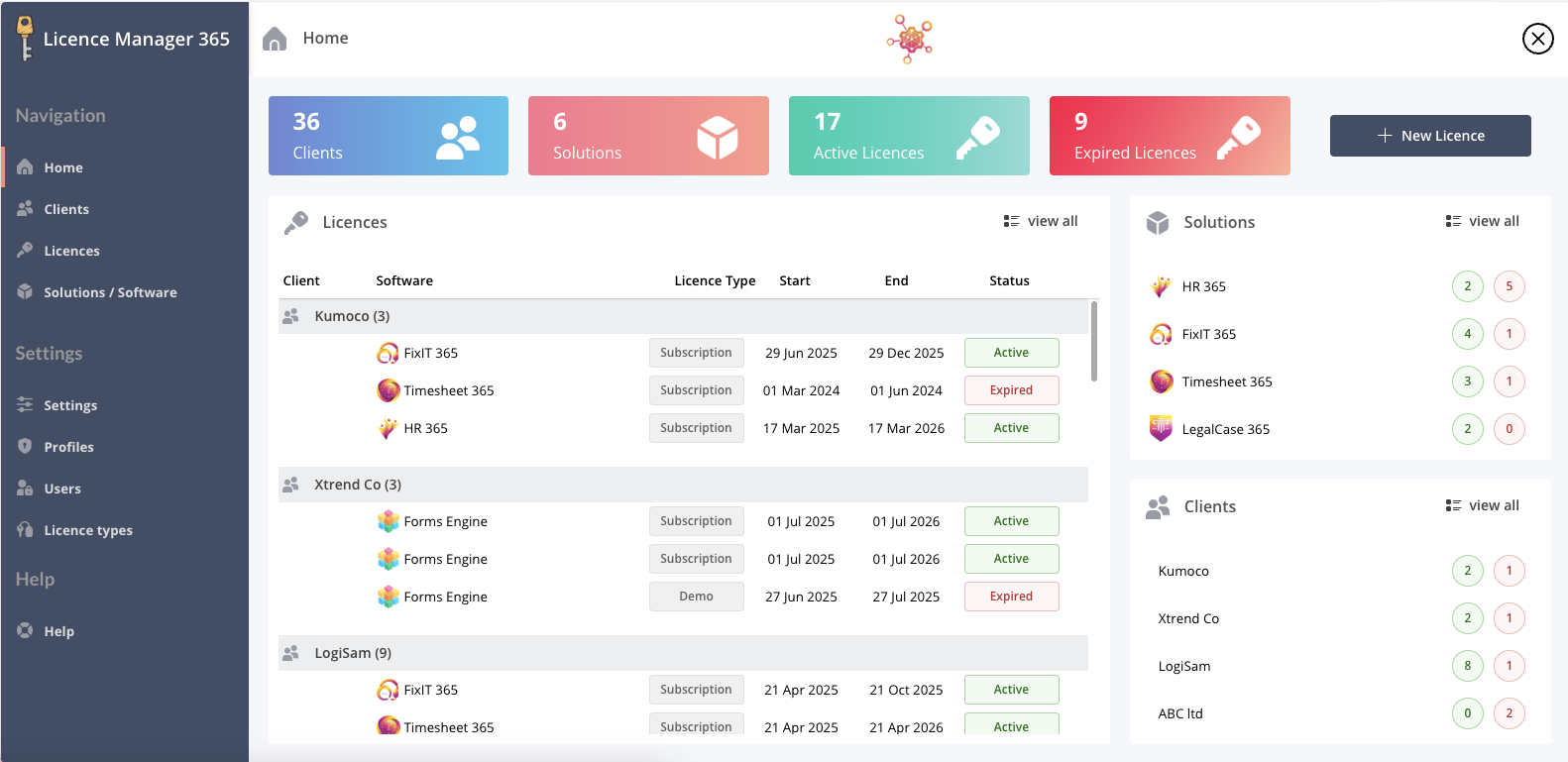Why Your Business Needs a Unified HR Platform in 2025
In today’s fast-paced and digitally connected workplace, Human Resources (HR) departments face the growing challenge of managing complex processes, data, and people—all while striving to deliver a seamless employee experience. With organizations embracing remote work, global talent pools, and evolving compliance requirements, the need for a unified HR platform has never been greater.
The Challenge of Fragmented HR Systems
Many organizations still rely on multiple disparate tools to manage HR tasks—recruitment, onboarding, performance management, payroll, employee engagement, and compliance. While these individual tools might be effective on their own, they often lack integration, leading to data silos, inefficiencies, and inconsistent employee experiences. HR professionals are left spending more time reconciling data and less time focusing on people.

Why a Unified HR Platform Matters
A unified HR platform brings all HR functions under a single, integrated system. Whether cloud-based or on-premises, a centralized HR solution offers significant advantages:
1. Improved Data Accuracy and Consistency
In a fragmented HR environment, employee information is often stored in multiple systems—payroll, performance, benefits, time tracking, etc. This leads to:
- Data duplication and inconsistencies across departments.
- Manual errors during data re-entry or sync.
- Delayed updates, especially when changes (like address updates or role changes) aren’t reflected system-wide.
A unified platform centralizes all employee data in one place. This “single source of truth” ensures:
- Accurate and consistent data is accessible by HR, managers, and employees.
- Updates are automatically reflected across all modules (e.g., a name change reflects in payroll, ID cards, and performance records).
- Compliance with data protection regulations like GDPR or HIPAA is easier to maintain because data access and retention can be managed centrally and securely.

2. Enhanced Employee Experience
Employees expect the same seamless digital experiences from work systems as they do in their personal lives. A unified HR platform typically includes a self-service portal that allows employees to:
- View and update their personal and banking information.
- Submit leave or holiday requests.
- View payslips, tax documents, and company policies.
- Participate in performance reviews, 360-degree feedback, or goal setting.
- Access learning and development resources.
This empowers employees and reduces dependency on HR for routine tasks, freeing up HR staff to focus on strategic initiatives. It also creates a more transparent and inclusive culture where employees feel in control of their data and growth.

3. Streamlined Processes and Automation
A unified platform automates repetitive, time-consuming tasks that would otherwise be manually managed across spreadsheets and emails. Some examples:
- Automated onboarding workflows that trigger when a new employee joins (sending welcome emails, assigning mentors, provisioning devices, etc.).
- Leave approvals routed automatically to managers.
- Contract and document generation using templates and employee data.
- Alerts and notifications to keep employees and managers updated (e.g., probation end dates, expiring certifications, or policy changes).
This reduces human error, shortens turnaround times, and ensures compliance with internal processes. It also provides a consistent experience for every employee, regardless of location or department.

4. Informed Decision-Making with Real-Time Insights
Data-driven HR is key to modern workforce planning. A unified platform enables real-time reporting and analytics that can help answer questions like:
- What’s our current attrition rate? What’s the trend?
- Which departments have the highest absenteeism?
- How diverse is our workforce, and where are the gaps?
- Are performance ratings improving year over year?
By combining data from recruitment, performance, training, and employee engagement into one dashboard, HR leaders can:
- Make smarter, faster decisions.
- Identify risks early (e.g., disengaged teams, compliance gaps).
- Justify HR investments with data-backed ROI.
- Align workforce planning with business goals.

5. Scalability and Flexibility
A unified HR platform is built to grow with your business. Whether you’re onboarding 5 or 500 employees, the system can scale without added complexity. Key advantages include:
- Adding new users, departments, or locations without needing new software.
- Easily adjusting workflows or policies (e.g., different leave policies for regions).
- Integration with other platforms like Microsoft Teams, Outlook, Payroll providers, Learning Management Systems, or even Microsoft Power BI.
- Multi-language and multi-currency support for global workforces.
This agility allows HR teams to support growth without being bottlenecked by outdated processes or rigid legacy systems.

6. Cost Efficiency
Managing HR across multiple tools often means paying for:
- Multiple software licenses.
- Complex integrations and IT support.
- Separate training for each system.
- Higher risk of errors (which can be costly in payroll or compliance).
A unified HR solution reduces these overheads by:
- Consolidating all modules (e.g., leave, performance, records, etc.) under one license.
- Minimizing training time with a consistent user interface.
- Reducing IT support needs due to better maintainability and fewer integration points.
- Delivering better ROI through time savings and process efficiencies.

Real-World Example: HR365 by Logisam
One compelling example is HR365, a powerful and user-friendly HR management solution built by Logisam. Designed specifically for Microsoft 365, HR365 leverages SharePoint, Power Platform, and Teams to unify HR processes within a familiar interface. It empowers organizations to manage leave, employee records, policies, onboarding, and performance from a single, centralized platform—all while ensuring data security and ease of configuration.
Final Thoughts
The future of HR lies in simplicity, integration, and automation. A unified HR platform not only optimizes internal operations but also plays a pivotal role in enhancing the overall employee experience and driving business success. If your HR team is still juggling multiple tools and spreadsheets, now is the time to consider the transformative impact of centralizing your HR operations on a single platform.


